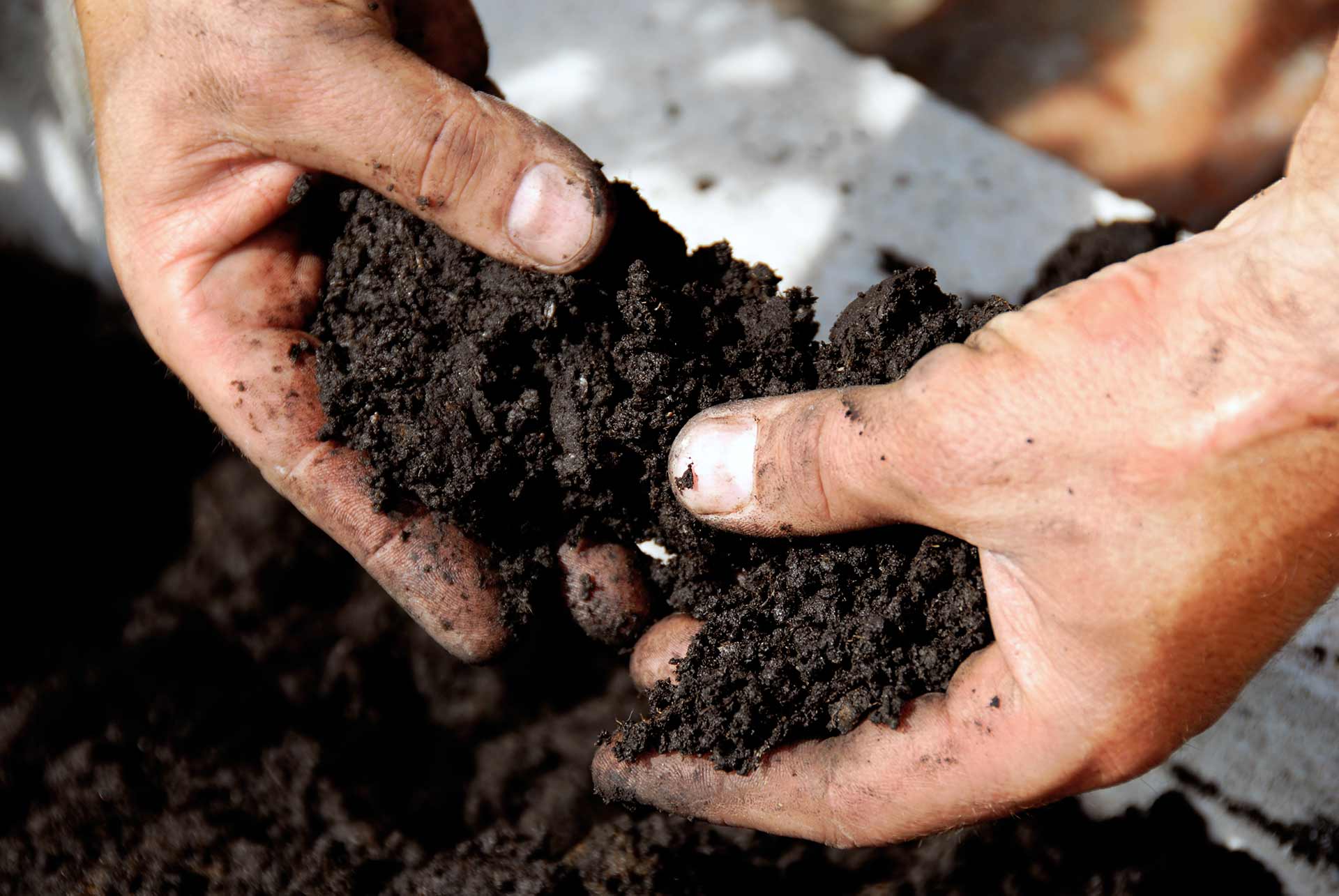
Humus, which in the narrowest sense of the word means the complete soil, is the entire dead organic matter of the soil. It consists mainly of plant residues, their transformation products and the residues, excretions and transformation products of soil animals and micro-organisms. The level of humus content results from the complex interplay of a wide variety of factors, which in turn are largely dependent on the prevailing soil types, and soil properties, such as biological activity, pH value, or water saturation.

Soils in Germany are very diverse. The humus contents in the topsoil (0-10 cm) vary accordingly, and this in turn results in site-specific management methods and/or yield potentials. The humus contents also vary greatly between the types of use, from mineral arable soils, to peat soils and grassland sites. On average, about 65% of the organic carbon, the main component of humus, is found in the topsoil (0-30 cm) and 35 % in the subsoil (30-100 cm).
How can the farmer influence the humus content?
In principle, it can be said that every yield-increasing measure is suitable for supporting humus build-up.
However, the humus content and thus soil fertility can also be increased by the following factors.
- Location and return of crop residues
- Inter-cropping and under-sowing
- Perennial crops
- Year-round greening
- Organic fertilisation
- Planting hedges and copses
Further Information
General Information about Humus
The importance of Humus in Agriculture